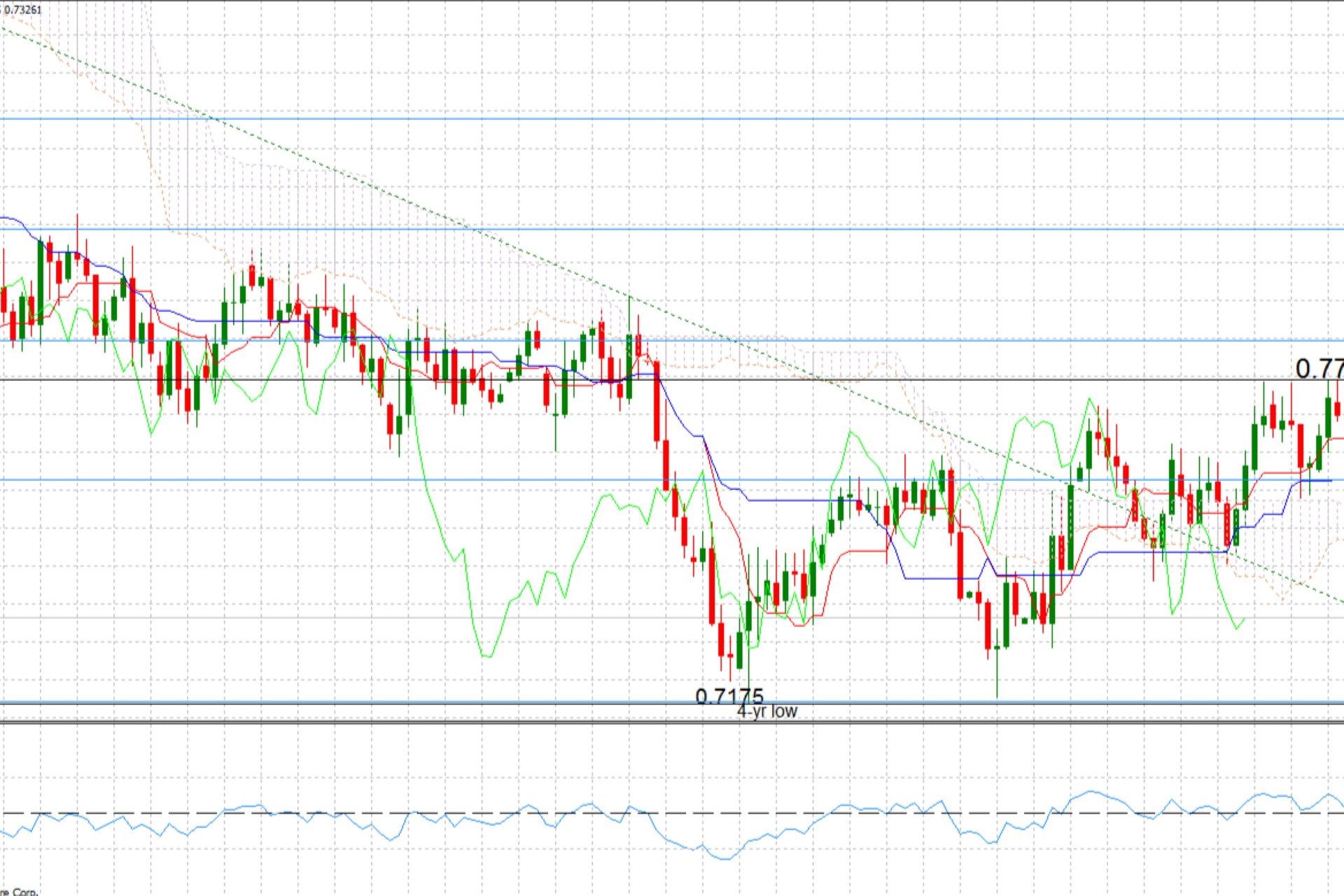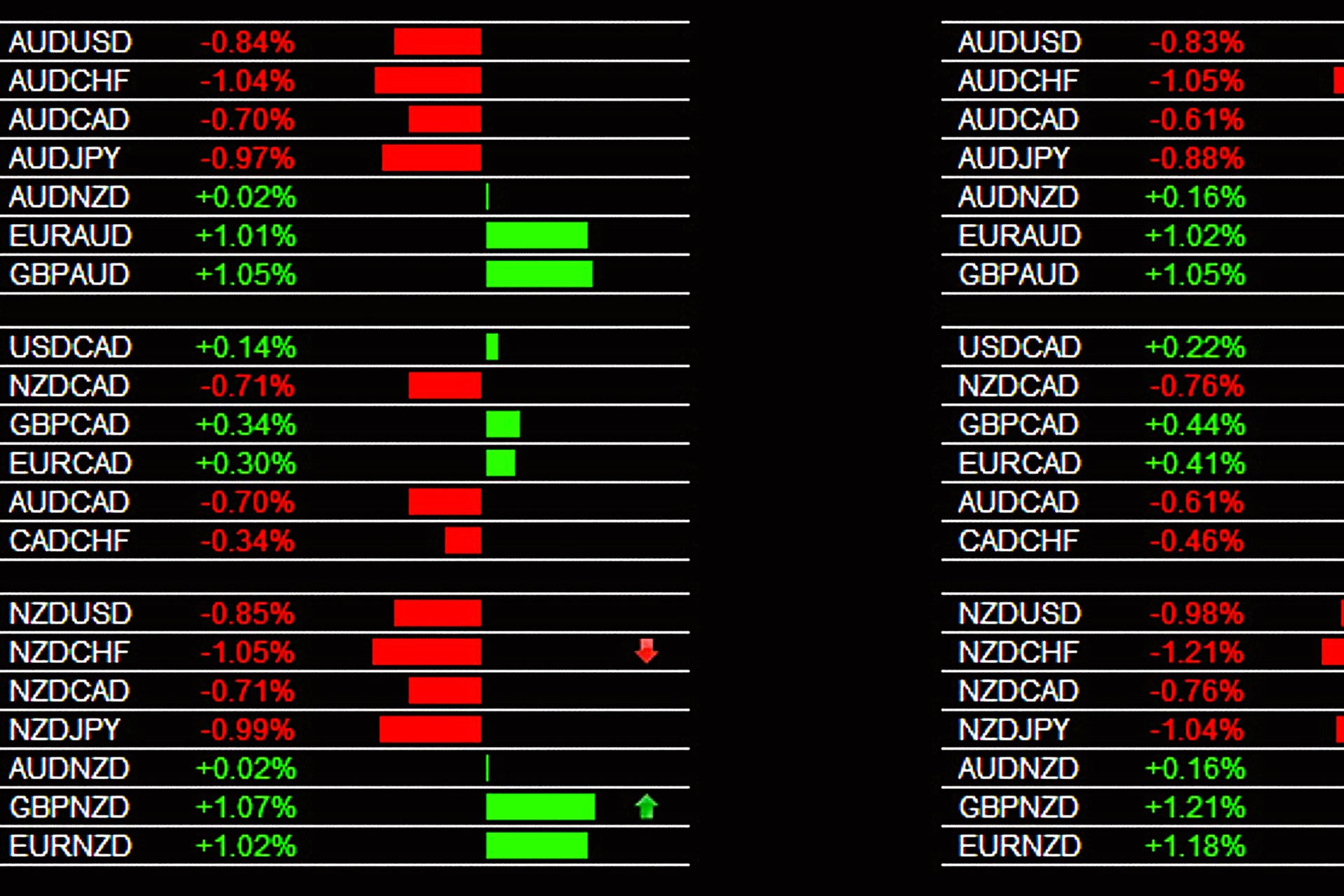When you dip your toes into the world of Forex trading, you’ll soon hear about something called Forex signals. But what exactly are they? Think of Forex signals as little nuggets of information that tell you when to buy or sell a currency pair. They can guide you on the right path in the often turbulent waters of trading. But here’s the kicker: not all signals are created equal! So, how do you choose the best free forex signals provider? Let’s break it down step by step.
Types of Forex Signals
Manual Signals
Manual signals are generated by analysts or seasoned traders who meticulously analyze market data to provide trading recommendations. These professionals typically utilize a combination of technical indicators, chart patterns, and economic news to determine optimal entry and exit points for various currency pairs. By providing insights grounded in their experience and understanding of the market, manual signals offer a personalized touch that many traders appreciate. If you value human interaction and want the ability to ask questions or gain deeper insights into market movements, manual signals can be particularly appealing.
However, while manual signals can be incredibly useful, they are also subject to the limitations of human judgment. Analysts may have biases or may interpret data differently, which can lead to discrepancies in signal accuracy. Additionally, the response time in delivering these signals may not be as swift as automated systems, especially in fast-moving markets. Despite these potential drawbacks, the added layer of analysis and experience that manual signals provide can often yield valuable insights, making them an essential tool for many traders seeking to enhance their trading strategies.
Automated Signals
Automated signals, in contrast, are generated by trading algorithms or bots that analyze market data without human intervention. These systems are designed to quickly process vast amounts of information, such as price movements, volume, and historical data, allowing them to generate trading signals with remarkable speed and efficiency. Because they operate on pre-defined criteria, automated signals can execute trades faster than a human trader could, making them especially beneficial in volatile markets where timing is critical. For traders who prefer a systematic and consistent approach to trading, automated signals can be a fantastic option.
That said, the use of automated signals also comes with its own set of challenges. While they excel at processing data, they may lack the nuanced understanding that comes with human analysis, such as considering geopolitical events or sudden market shifts that can impact currency values. Additionally, not all automated systems are created equal; some may operate on outdated algorithms or may not be regularly updated to reflect current market conditions. Therefore, while automated signals can enhance trading efficiency, it’s crucial for traders to remain engaged with the market and not rely solely on these systems for decision-making.
Criteria for Choosing a Forex Signals Provider
Reputation and Reliability
When evaluating a Forex signals provider, the first criterion to consider is their reputation and reliability. A provider’s reputation can significantly influence your trading success, making thorough research essential before you commit to a service. Here are some key points to consider:
- User Reviews: Look for feedback on reputable forums and trading communities where traders share their experiences. Positive testimonials can indicate a trustworthy provider.
- Length of Time in Business: Established providers with a longer history often have proven methodologies and a solid track record. Newer providers may offer attractive services but might lack experience.
- Consistency in Performance: Check if the provider has maintained their performance over time, rather than just having a few successful trades. Consistency is a good indicator of reliability.
- Communication: A reputable provider should be responsive and willing to answer questions. Clear communication can build trust and help you feel secure in your trading decisions.
Accuracy of Signals
The accuracy of signals is another critical aspect when choosing a provider. High-quality signals can make a significant difference in your trading outcomes. Here are some factors to evaluate:
- Performance Statistics: Reputable providers will often share their win rates and the number of successful trades they’ve recommended. Analyzing these metrics will help you gauge their effectiveness.
- Contextual Understanding: Look into how the provider generates their signals—what strategies are employed? Understanding the context behind the signals can help you assess their accuracy.
- Frequency of Updates: A good provider should continuously monitor and update their signals based on changing market conditions. This adaptability is key to maintaining accuracy.
- Independent Verification: Seek third-party reviews or independent performance verifications to gain an unbiased view of the provider’s track record.
Transparency in Performance
Transparency is crucial when it comes to evaluating a Forex signals provider. A provider’s openness about their methodologies and performance can help build trust. Here are some elements to consider:
- Disclosure of Methods: Trustworthy providers will share their trading strategies and how they generate signals. This transparency allows you to make informed decisions.
- Regular Performance Reports: Look for providers that regularly publish performance reports detailing both successes and failures. This openness demonstrates confidence in their abilities.
- Willingness to Answer Questions: A provider that is open to communication and willing to discuss their performance fosters a sense of trust and reliability.
- Track Record: Analyze how transparent the provider is about their historical performance, including both wins and losses. This comprehensive view can help manage your expectations.
Range of Currency Pairs Covered
The range of currency pairs a Forex signals provider covers is vital for maximizing trading opportunities. A broader selection can enable more diverse trading strategies. Here’s what to consider:
- Variety of Pairs: Look for providers that offer signals for both major and exotic currency pairs. This variety can increase your chances of finding profitable trades.
- Market Expertise: Providers that specialize in multiple currency pairs may have more expertise, enhancing the quality of the signals they provide.
- Insights and Analysis: Seek providers that not only cover various pairs but also offer detailed analysis and insights related to those pairs. This added information can help inform your trading decisions.
- Flexibility: A provider that offers a wide range of pairs allows you to adapt your strategies based on changing market conditions, which can be crucial for success.
Evaluating Free Forex Signals Providers
Research and Reviews
Before you settle on a Forex signals provider, it’s crucial to conduct thorough research on their track record and reputation. User reviews can provide invaluable insights into the effectiveness of a provider’s signals. Check online forums, social media, and review sites where traders share their experiences. Look for consistent feedback about the provider’s performance, particularly focusing on whether they deliver accurate and timely signals. It’s also beneficial to compare reviews from different sources to get a well-rounded perspective. A provider with a large number of positive reviews and testimonials is often a good sign of reliability.
Additionally, consider the provider’s history in the market. How long have they been operating? A provider with a long-standing presence is likely to have more experience and a more established methodology. On the other hand, newer providers may offer innovative approaches but may also lack a proven track record. Understanding their approach to trading, whether manual or automated, can further inform your decision. Gathering as much information as possible before committing will ensure you choose a provider that aligns with your trading goals.
| Criteria | Details | Sources to Check |
| User Reviews | Analyze feedback for consistency in signal quality and accuracy. | Online forums, social media, review sites |
| Provider History | Look for how long they have been in the market and their experience. | Company website, financial publications |
| Signal Approach | Understand whether they use manual or automated systems. | Provider’s site, trader testimonials |
Trial Periods and Testing Signals
Many Forex signals providers offer trial periods that allow you to test their signals without financial commitment. During this time, it’s essential to actively engage with their signals and evaluate their performance in real-time trading. Take detailed notes on the accuracy of the signals, how well they align with your trading style, and whether you feel comfortable following them. This trial phase is your opportunity to assess not only the signals’ effectiveness but also the provider’s customer service and support during the testing period.
Testing signals during a trial period also allows you to adapt your trading strategy based on the results you observe. If the signals resonate with your trading style and yield positive results, you can consider making a more substantial commitment. However, if you notice a consistent pattern of poor performance, it’s a signal to move on to another provider. Always remember that the goal is to find a provider whose signals not only perform well but also fit seamlessly into your overall trading approach.
| Trial Period Benefits | What to Evaluate | Action Steps |
| Risk-Free Testing | Test signals without financial risk. | Use demo accounts for practice. |
| Performance Tracking | Assess accuracy and consistency of signals. | Keep a trading journal. |
| Fit with Strategy | Determine if signals align with your trading style. | Adjust strategies based on outcomes. |
Community and Support
A supportive community surrounding a Forex signals provider can greatly enhance your trading experience. Many successful traders benefit from engaging with other traders, exchanging insights, and discussing strategies. Look for providers that foster a vibrant community, whether through forums, social media groups, or live chat options. Being part of such a community can offer valuable support and camaraderie, allowing you to learn from others’ successes and mistakes. Additionally, many community members share their experiences with the signals, which can help you gauge the provider’s effectiveness.
Good customer support is equally essential when evaluating a signals provider. Issues can arise at any point, and having access to reliable customer service can make a significant difference. Whether it’s a technical issue with the signal delivery or a question about a particular recommendation, responsive support can help resolve problems quickly. Consider reaching out to the provider’s support team with questions or concerns before committing to see how promptly and effectively they respond. A provider that prioritizes customer support will likely be more invested in helping you succeed.
| Community Benefits | Support Aspects | What to Look For |
| Shared Insights | Exchange experiences and strategies with other traders. | Active forums and discussion groups. |
| Learning Opportunities | Gain knowledge from community discussions and Q&A sessions. | Webinars, tutorials, and resources. |
| Customer Support | Access timely help for issues or questions. | Availability via chat, email, phone. |
Tips for Using Free Forex Signals Effectively
Setting Realistic Expectations
One of the most important tips for using free Forex signals effectively is to set realistic expectations. It’s easy to get caught up in the excitement of potential profits and the promises some providers make about high returns. However, no provider can guarantee success, and the Forex market is inherently unpredictable. By setting realistic goals, you can better manage your emotional responses to both wins and losses. Understand that there will be ups and downs, and it’s essential to remain grounded and not let short-term fluctuations dictate your long-term strategy.
Additionally, take the time to educate yourself about the Forex market and trading strategies. This knowledge will help you evaluate the signals you receive more critically and understand the underlying market conditions that may affect their performance. Remember, while free signals can be a valuable resource, they should not be your sole reliance in trading. Use them as part of a broader strategy that includes your research and analysis. This balanced approach will lead to more informed decision-making and greater resilience in the face of market challenges.
Risk Management Strategies
Implementing effective risk management strategies is essential for successful trading with free Forex signals. Before entering any trade, determine how much of your capital you’re willing to risk. A common rule is to risk no more than 1-2% of your trading capital on a single trade. This disciplined approach can help prevent devastating losses that could significantly impact your overall trading account. Always adhere to your risk tolerance, and avoid the temptation to chase after losses or increase your risk in hopes of recovering quickly.
Additionally, consider using stop-loss and take-profit orders to automate your exit strategy. A stop-loss order helps you limit losses by automatically closing a position when it reaches a certain level, while a take-profit order locks in profits once a specific target is achieved. Together, these tools help you maintain control over your trades and adhere to your risk management plan. By establishing these strategies and following them diligently, you can navigate the Forex market with greater confidence and resilience.



